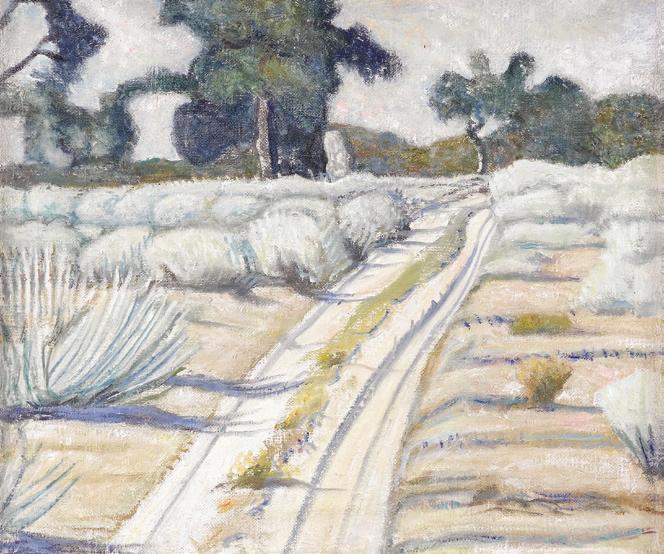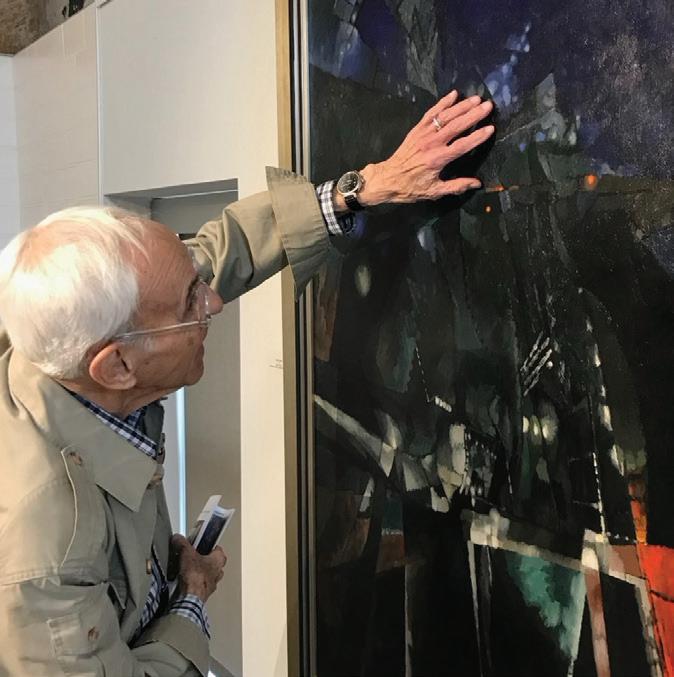
4 minute read
In Dialog: Collectors' Corner
Have you ever thought about collecting art, but didn't know where to start? Over the past year, LMFA has come to know three different art collectors from the Dallas/Fort Worth area and we asked them their thoughts on collecting.
Harry Froeschke, Fort Worth
Advertisement
How did you start collecting and what made you collect Texas art? I started collecting American impressionists but when I came across early Texas modernists I was hooked. I have always connected with paintings and collecting has become a passion. What book do you recommend and why? Intimate Modernism: Fort Worth Circle Artists in the 1940s. Fully illustrated and very well written essays about every one of the Fort Worth School artists. I got to know each of the artists by seeing multiple examples of their art.
Who is your favorite artist and why? George Grammer! He was born and raised in Fort Worth and was part of the Fort Worth School. I felt a connection with him because I lived in Fort Worth. I loved his modernist style of painting and each one of the paintings that I have by him speaks to me in a unique way! I had the privilege of getting to know him and visit his studio which was a special treat!
we had to focus, no haphazard buying without a theme or goal. We took a few trips to New York and became thoroughly confused and frankly intimidated by the gallery scene in Manhattan.
We finally were able to focus and find our theme after receiving the Heritage Auctions first Texas Art catalog in the mail. Attending Heritage Auction, we were impressed with the diversity of Texas Art. We met a few other collectors, joined TACO (Texas Art Collectors Organization) a Dallas area collectors’ group and jumped in.
Our collection is focused on artists from the 1930s-1960s and includes a heavy emphasis on regionalism and modernism, seemingly a strange juxtaposition. But, thankfully my wife is an expert at hanging and decorating so it works.
Who is your favorite artist and why? Our favorite artist is probably Everett Spruce. His work was so excellent across his entire career, and he is represented in major museums across the U.S. including the Whitney in New York.
Be sure and look for an upcoming book to be published by Texas A&M Press coming out next fall. Making the Unknown Known: Women in Early Texas Art 1860-1960. I was fortunate to have a small role as co-image editor.
Mark Keever, McKinney
How did you start collecting and what made you collect Texas art? When my wife and I decided to begin an art collection in 2007 we knew enough to know that
Robin McCaffrey, Dallas
How did you start collecting and what made you collect Texas art? When I first encountered the visage of Early Texas as Art at a gallery in San Antonio, I immediately realized that the richness of what I encountered must be the product of a cultural explosion. It was too “dimensional and complex” to be the product of fanciful delight and casual interests. There must be a catalyst — a shared objective.
My first investigations were to talk with major gallery owners such as Charles Morin, who is recognized as a specialist in Texas Art. A recurring theme of these conversations was the Edgar B. Davis Wild Flower Competition (1927, 28, and 29).
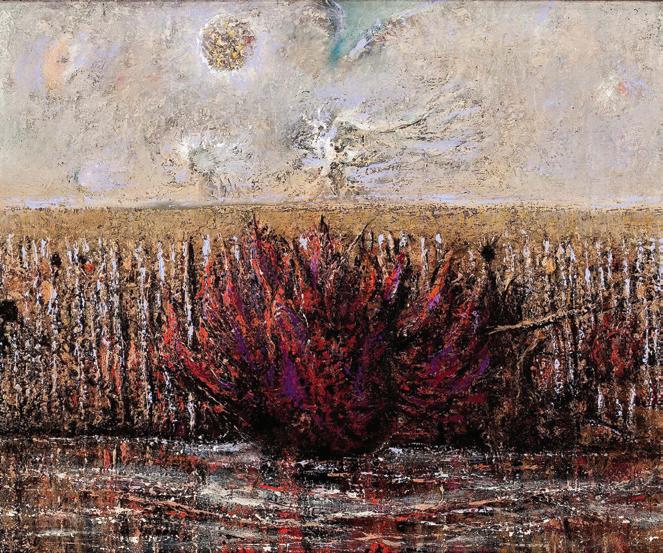
What book do you recommend and why? My first book was by William Reaves, Jr.,Texas Art and a Wildcatter’s Dream . This important publication establishes the Davis Competition as the moment in history when Texas Art consolidated into a cultural force that laid the foundation for what it is today and the institutions that curate it. The financial resources of Edgar B. Davis, the cultural influence of Ethel Tunstall Drought (a patron in every sense of the term with Texas’ only truly “international city” at that time, San Antonio, at her command), in combination with the powerful talent/ influence of personalities like Emma Cherry, Julian Onderdonk, Dawson Watson, etc., conspired to create this “magical” and historic event.
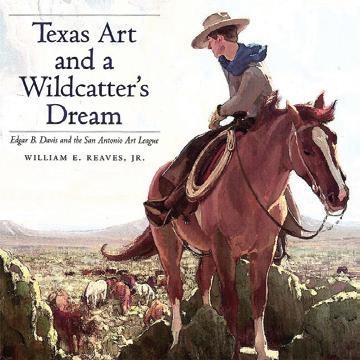
However, the foundation established by "The Davis Competition" is only the beginning. The building upon it is best described in, Midcentury Modern Art in Texas This extremely well written work by Katie Robinson Edwards makes visible the extending influence of the Davis, over time and into our current experience. A complete picture is Texas Art, it’s consolidation and it’s evolution is well explained through these books. And finally, The Art of Texas: 250 Years by Ron Tyler gives the complete picture of Texas art, its consolidation and its evolution.
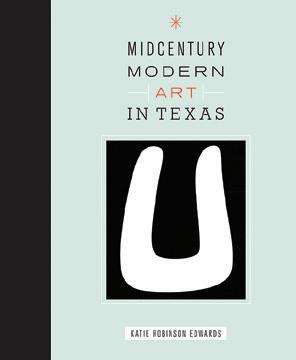
Who is your favorite artist and why? This is a difficult question as there are so many. The basis of selecting favorite can vary from liking to influential. On the basis of liking, Julian Onderdonk is my favorite because of the "atmospheric" power his work renders. Through the context of that atmosphere, the viewer becomes a solitary onlooker standing in the landscape. It is this feeling of "solitary-ness" that makes the scale palpable. The best example is his bluebonnet landscapes with his distinct cobalt blue, echoed in the sky. Few artists in history have accomplished this, among those few is Claude Monet and his waterlilies.
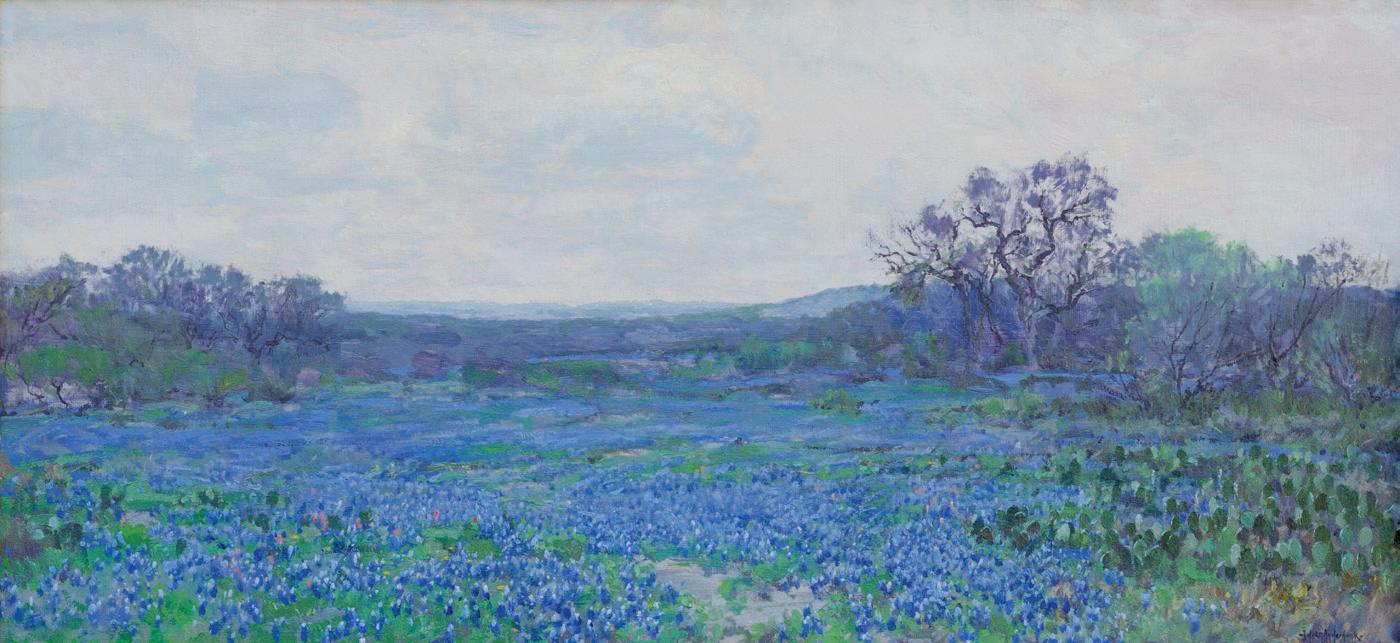
If I were to employ “influential” as my criteria for favorite, I would choose Everett Gee Jackson. His early departure from Impressionism, having been influenced by Diego Rivera and the images associated with the Peasant Movement in Mexico. Here, Mr. Jackson employed more simplistic imagery, flatter, more geometric, severe — wherein the shapes composing the total visage have a compositional integrity that is much more sophisticated. The result is a distinct elegance — a pristine presentation. Mr. Jackson, in turn, set a foundation associated with Regionalism, perhaps one of the most powerful artistic movements in our state.
